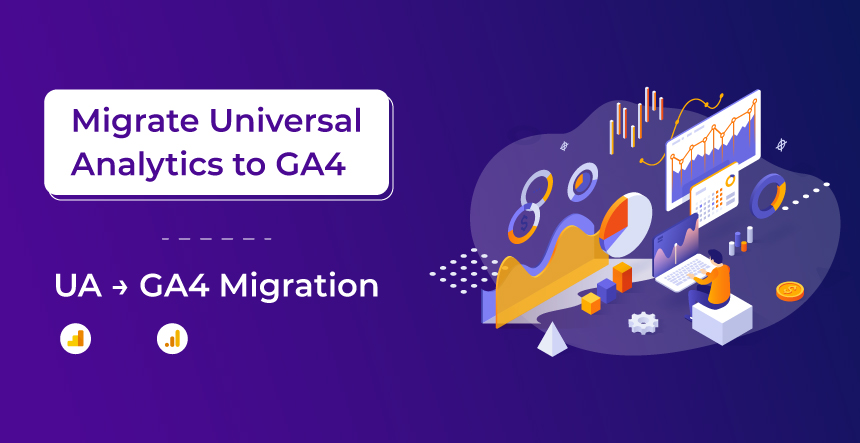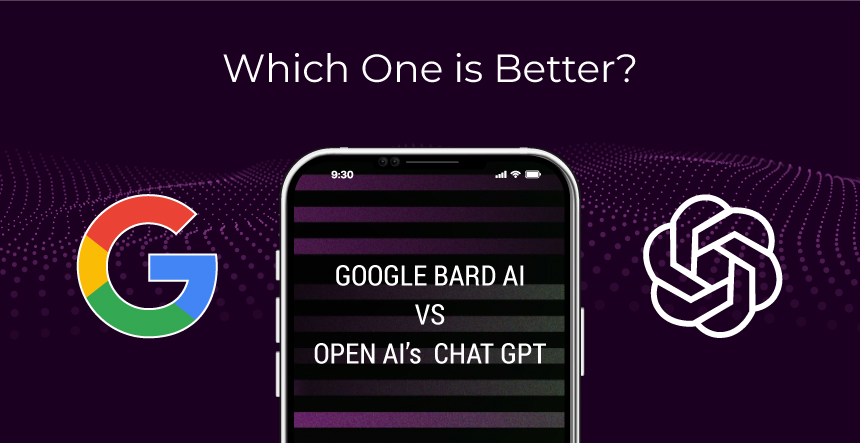In today’s multi-device and multi-channel world, it is almost impossible to weight the value of each individual click due to customer purchase journey comprise of different devices, browsers and platforms. Still, implementing tracking of different events correctly, can reduce the data discrepancies in understanding the outcome of your marketing campaigns.
Today, we are going to discuss about all possible ways of tracking when running PPC campaigns and highlight some insights on how data collection happens over the web and some common issues with it.
Dynamic Call Tracking
What’s it?
When someone comes to your landing page or website and calls, there isn’t a direct way to track the source of visits from which the call is driven. A visitor may have clicked on your website from a search result, sponsor ads or he could be from your existing customers and might have landed typing your website URL in the browser.
Dynamic call tracking allows you to track the source of visit from where the call is driven. Every time someone lands on your website, it alters the phone no. visible on your website. When someone calls seeing altered no, it binds that altered no. shown to a specific visitor with the source of his visit.
This way, you would be able to see which traffic sources generated maximum calls and compared with the budget you have spent over that traffic source.
How to implement it?
There are third party call tracking solutions available which charges first time set up fees and monthly subscription base services depending upon no. of calls you want to track in a month and average call duration your business may need.
Recently, Google voice has introduced a dynamic call tracking for Adword in which you need to use Google call forwarding services and need to use Google’s business no.
Implementations require creating Google forward no. and adding java script codes to all places where you have displayed phone no. on your website.
What’s best for your business?
As Google has recently launched this service, the third party tools like Avanser Tracking Tool provides pretty cool features than Google.
Implementation with Avanser is simple, all you need to do is to create custom events in your Google analytic and the name of the event should match with your company name created in third party call tracking solutions.
If you want to track calls from Adword only, go for Google Forwarding no. and if you want to track calls from more than 3 to 4 traffic sources, go for third party tracking solution which provides advance call tracking with multiple resources.
Click to Call & Calls From Your Mobile Website
If you have a mobile website or have responsive website, when someone visits your website from a mobile device, the phone no. should be converted into click to call buttons. Tracking of that specific event is called click to call tracking.
If you are running a PPC campaign and showing ads with call extension, mobile users will also see the “click to call” button with your ads and if they are on the desktop, call extensions ads will be visible with advertiser’s phone no.
For such kind of events, you need to call a function that sends conversion data to your web analytic tool with on click event of a specific button or link. With call extension, there is a ready-made conversion type available in Google Adword if you use Google call forwarding no.
Read more about call tracking, with Google forward now.
Read more about Call Tracking with Avanser
Lead Form Submission
It is one of the most common and first kind of conversions introduced by Google Analytic. If you have an inquiry form on your landing page or website, when someone fills the form, it reports as conversion in your Google Analytic or Google Adword dashboard.
This kind of conversions doesn’t require any additional setup. All you need to do is to create an additional thank you page that users should be redirected to, after submitting the form and set that page URL as a destination goal in Google Analytic.
ECommerce Conversion Tracking
If you have an eCommerce website and accepting payment for selling goods, eCommerce conversion tracking allows you to analyze the no. of products sold on your website, the source of your visitors who purchased your products, funnel visualization of the different steps involved in the checkout process and other cool stuff that you wish to know about your website revenue.
Don’t forget to add funnel steps to your eCommerce goals and if possible try to create a different goals for steps like “Add to Cart”, “account registration” and “Billing information” so you would be able to visualize where your visitors are leaving your website so you can evaluate the reasons behind it and take the necessary steps for improvement of that specific step.
Implementations
If you have Magento website, all you need to do is, add an eCommerce module which automatically generates the functions needed for eCommerce conversion tracking.
For the rest of eCommerce platforms, you need to call three different functions that need to be called after successful checkout and different values need to be passed. Read more about it in detail eCommerce conversion tracking with Google analytic.
Other Types of Conversions
The above mentioned conversion types are key conversion based on important events taken by your visitors. There are few business types where it isn’t necessary that above events take place. Below are the glimpses of other possible conversion types.
Download Catalog/PDF: For Manufacturer or restaurant owners, downloading product catalogue or restaurant menu also counts as conversion as there are possibilities that specific person is extremely interested in your products.
The implementation principle is same as click to call the event. You need to call conversion tracking functions on On-Click event of the button which users need to click for downloading.
Newsletter Sign-up: If you provide frequent offers through the newsletter, it may be your better source for future conversions.
Implementations works same as lead form submission where you need to redirect users to a page saying” Thank you for Subscription” and set that page as destination goal.
Other Events: Everything on your website with which your visitors can interact, can be tracked through analytic with some additional setup.
Suppose you have videos and want to know how many people have clicked on the play button and watched the video till x minutes. You have special function like to compare products and want to see who have used that function and which products were compared, all these things can be tracked with some additional efforts and JavaScript coding.
So, anything and everything which require to take action by your visitors like click on a link or button, download, filling the form etc. can be tracked with custom events and you can value that event, according to the role it plays in your revenue generation cycle.
Two Things to Keep In Mind
Along with implementing tracking, it is important to understand how most of analytic tools work and reports conversion and what options you have to analyze it.
Understanding Conversions Models & Multi-Channel Funnel Analysis
If you aren’t aware, most of analytic tools give credit to the last click. Means, the click before the conversion gets all the credit of the conversion.
If someone first visits your website through paid advertising and left without completing any conversions. Now a few days later, if the same visitor visits your website again through organic search and converts, according to last click conversion model, the source of conversion will be organic where in reality; your paid advertisement should also get some credit as it was the first source which introduced your brand to him.
Last click conversion models are helpful when your website and marketing campaigns have an ability to convert your visitor into a customer in a single shot. In such case, first click becomes your last click and your analytic tool will show the conversion source as the platform which first introduced your brand.
So, before you analyze your data and decide which platforms gave you best ROI, it is equally important first to understand how to weight different platforms/campaign of your customer purchase journey.
If you want to explore the entire path of your visitors before conversion, you need to see multichannel funnel analysis reports and can get insight on what platforms, traffic source your visitors visited before doing any conversion on your website.
Combining your insights about conversion model and analyzing it with multi-channel reports provides you precise information that you should rely on to know the importance of different marketing campaigns and to weight it according to the revenue it generates.
Synchronizing Different Advertising platforms
If you are advertising on different platforms like Adword, MSN ad Center or Facebook Paid advertising, you need to log into each platform to see your campaign performance.
To avoid this, you can do additional set up with each of your campaign and track data into the single Analytic tool. So, instead of logging into each individual platform, you can log-in to single analytic tool and create your own custom dashboard that segregate the data from each advertising platform and present to you in a format that is most convenient to you for calculating the ROI.
To do this, you need to tag each and every destination URL for all of your ads in different platforms. Tagging destination URL parse necessary data to analytic tool for reporting. For example, with Google Analytic, you can tag a URL with URL builder tool for your campaign on MSN and use tagged URL as destination page. That way, your Google analytic would be able to report visits and other data from that specific campaign using your tagged URL.
If you won’t use tagged URL, Google analytic will show traffic from Bing as a referral source instead of the paid marketing campaign.
Learn more about how to synchronize different platform and URL tagging.
If you have been running your PPC campaigns, make sure you are tracking all the things that matters most to your business for defining ROI. If you are about to start, don’t forget to implement it from the initial stage.







